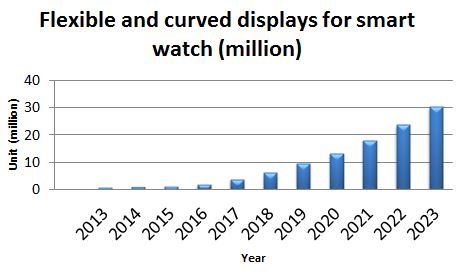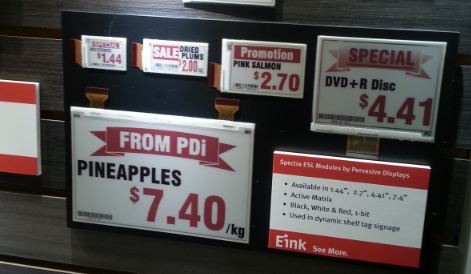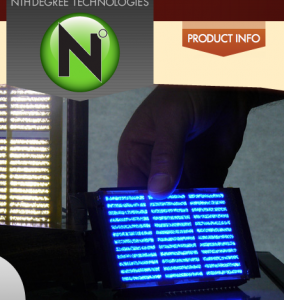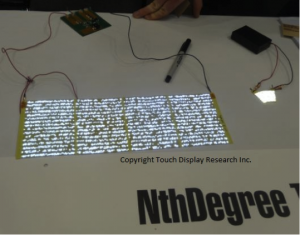March 17, 2014
Touch Display Research is very glad to announce that we just joined FlexTech Alliance and become their new member.
FlexTech Alliance has been providing tremendous amount of help to Touch Display Research since we established over one year ago.
Touch Display Research attended FlexTech Flexible and Printed Electronic 2013 conference and blogged it.
Touch Display Research gave presentation at FlexTech workshop: Emerging Materials and Processes for Transparent Conductors, July 10, 2013.
Touch Display Research had exhibition booth at FlexTech 2014FLEX conference.
We look forward to growing and contributing to FlexTech Alliance. FlexTech’s website is www.flextech.org.
Thanks for reading.
Jennifer and team.





